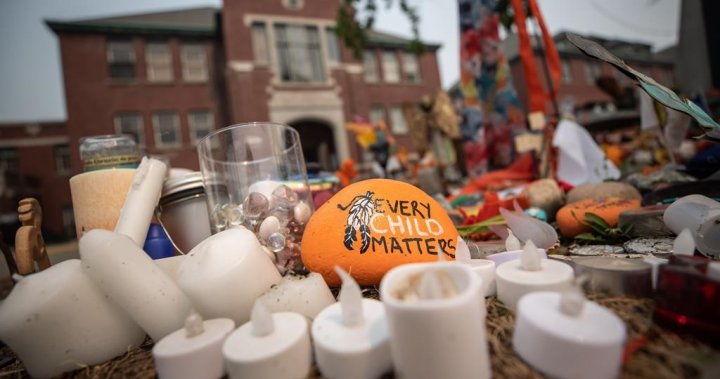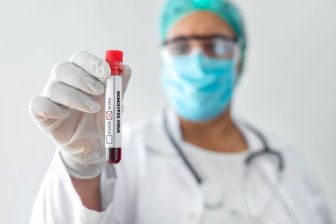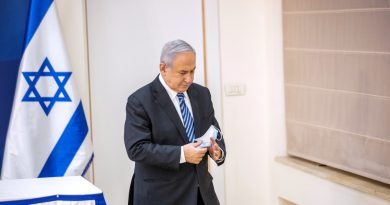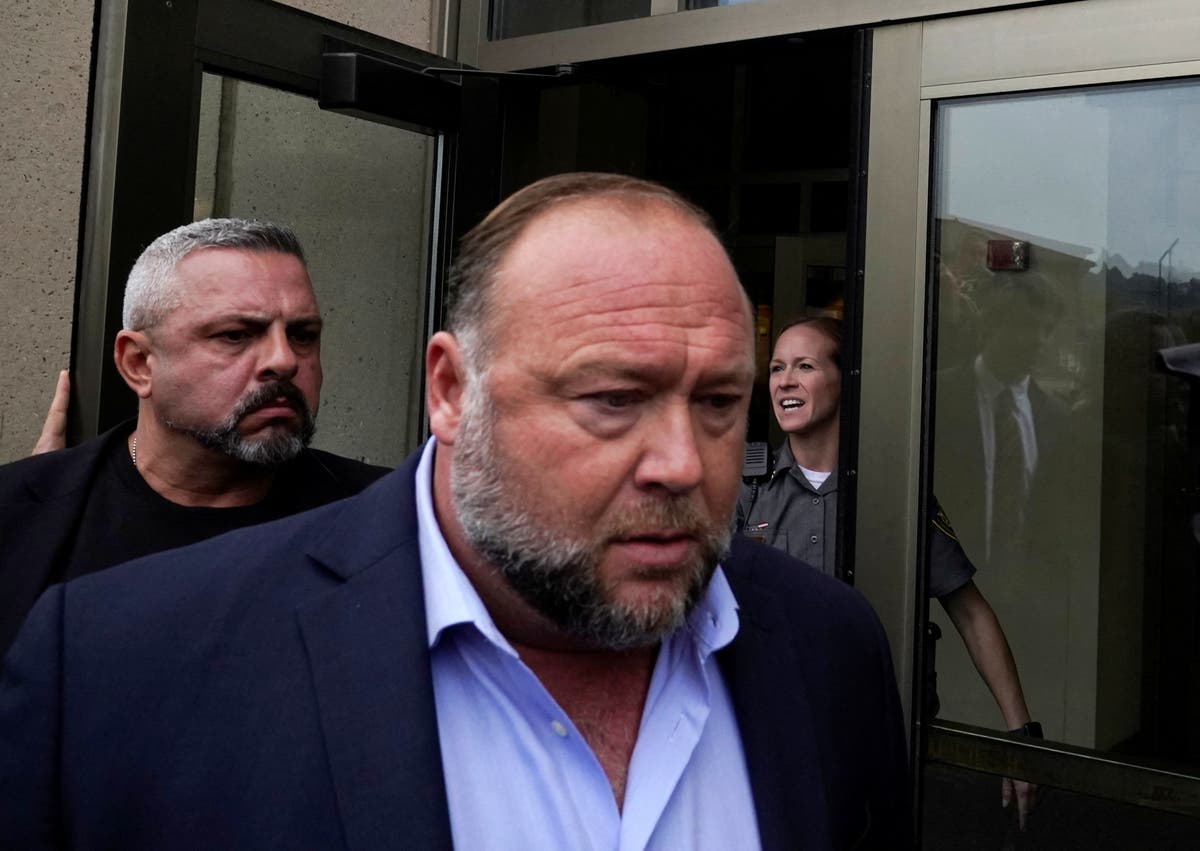Identifying, repatriating remains in Kamloops, B.C. grave sites will be costly and slow: experts
Warning: This story deals with disturbing subject matter that may upset and trigger some readers. Discretion is advised.
As the Tk’emlups te Secwepemc First Nation prepares to begin the work of excavating more than 200 suspected unmarked graves at the former Kamloops Indian Residential School, experts performing similar work in Manitoba are shedding light on what that work might look like.
Earlier this week the First Nation said it would work to eventually use DNA to identify and repatriate the remains believed to be at the site, after first gathering information from survivors and elders and performing key archival work.
Read more:
B.C. First Nation lays out plan to repatriate remains found at former Kamloops residential school
It’s a similar process to what Eldon Yellowhorn, an archeologist and Indigenous Studies professor with Simon Fraser University has been doing at a grave site at the former Brandon Indian Residential School.
Crews there also used ground-penetrating radar to identify unmarked burial sites.

Bringing lost children home: Tk’emlúps te Secwépemc First Nation prepares to exhume remains from unmarked graves
“We have identified 104 burials in the cemetery and we’d been working on this project since 2019 so we’re actually quite well ahead, advanced in our research and to date we’ve been able to recover the identities of 98 of the children who were buried in that cemetery,” Yellowhorn said.
Read more:
Manitoba first nation works to identify 104 potential graves at former Brandon residential school
That identification work was done through archival research and community consultation, as the team has not yet excavated the site.
Yellowhorn said researchers have not yet been able to match names to individual burial sites, but are confident they have identified the majority of the people buried there.
“We were able to get documents and records, cross-check them with oral histories, people who know their relatives were buried there to verify that,” he said.
“It’s been a case of verify, verify, verify and try and get as much accuracy as we can.”

Splatsin residential school survivors reflect on anniversary of Kamloops grave discovery
Once the burial sites have been exhumed, experts can take DNA samples and try and cross check them against a dataset.
Yellowhorn said that process will hopefully provide answers to many families, but that some of the remains may be old enough that there is no family or community connection remaining to identify them.
The Tk’emlups te Secwepemc Nation approached Yellowhorn for expertise a few months before starting its own ground-penetrating radar search that revealed the at least 200 suspected graves.
The B.C. RCMP has also opened a file with the First Nation as the lead official.
Nationally, the RCMP will be getting $5.1 million in federal funding to create four positions meant to improve relationships with Indigenous communities and support their investigations.
That could prove a mammoth task, according to Emily Holland, a forensic anthropologist and associate prof at Brandon University.
“There could be 3,000 to 4,000 individual kids in graves across the country,” she told Global News.

‘Finally, people know’: Marking one year since revelation of unmarked graves near former Kamloops, B.C. residential school
Probing suspected grave sites nationally will be a massive and complex undertaking, she said, which cannot have a one-size-fits all approach.
Individual Indigenous communities may have different wishes about whether or note graves should be disturbed, along with different preferences and protocols — all of which must be at the centre of any decision making.
Further complicating the process, the lands belonging to many former residential schools have been sold to private owners since they were decommissioned.
The cost of investigating the sites nationally, she said, would also likely stretch into the tens of millions of dollars.
“Part of that is going to be an acknowledgement that there is a need of more funding … and there also needs to be supports in place not just for the work, but for the people involved,” she said.
“We need to make sure there’s mental health supports for communities that are involved and all the survivors and families.”

‘We mourn with you, we stand with you, we believe you’: Governor general on community healing
Part of the solution, she said, can be for Indigenous communities to partner with academic institutions who can both provide expertise and apply for grant funding. But she said there should also be a federal funding commitment for the process.
The work will not be fast either.
Read more:
Honouring Le Estcwicwéy̓: B.C. First Nation marks 1 year since discovery of 215 unmarked graves
Holland said the process of investigating a site, from initial consultations with the affected community to archival research to actual excavation and finally the slow process of DNA sequencing and matching, could take five years or longer.
Applied to the scores of suspected grave sites across the country, its an endeavour that could take a generation.
“This is not something that is going to happen in one or two years,” Yellowhorn said.
“In fact I would say we should be planning for 30 or 40 years, that kind of a timeline to get all the research done that is going to be necessary.”
The Indian Residential Schools Crisis Line (1-866-925-4419) is available 24 hours a day for anyone experiencing pain or distress as a result of their residential school experience.
© 2022 Global News, a division of Corus Entertainment Inc.








